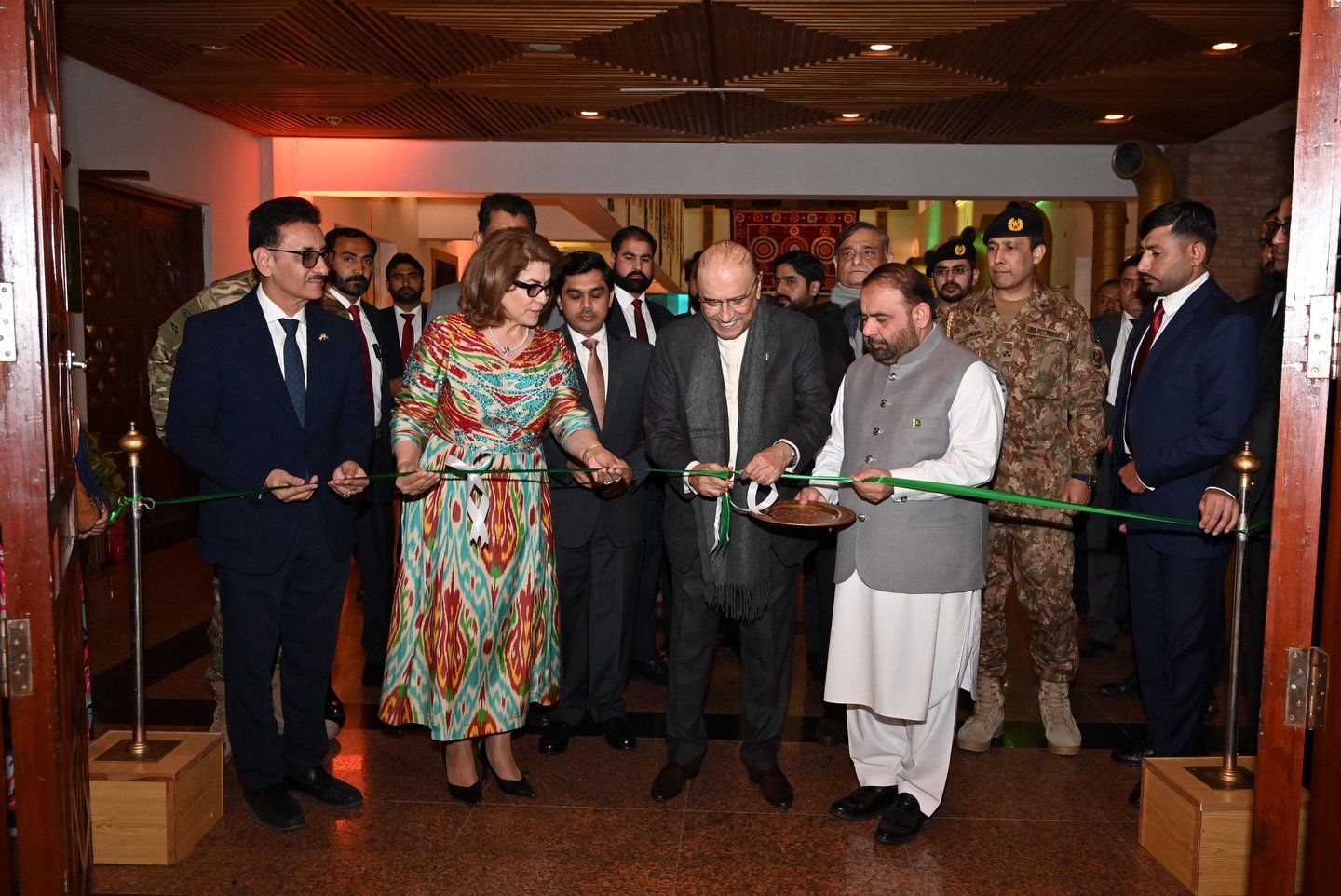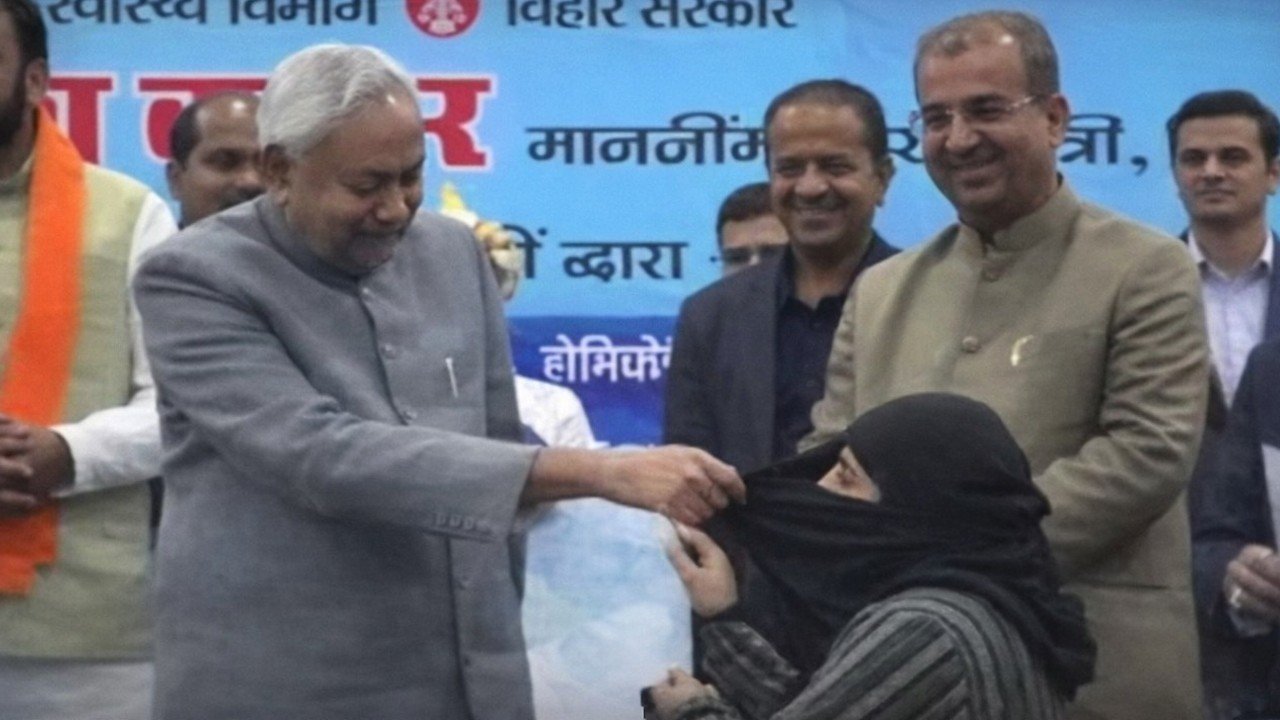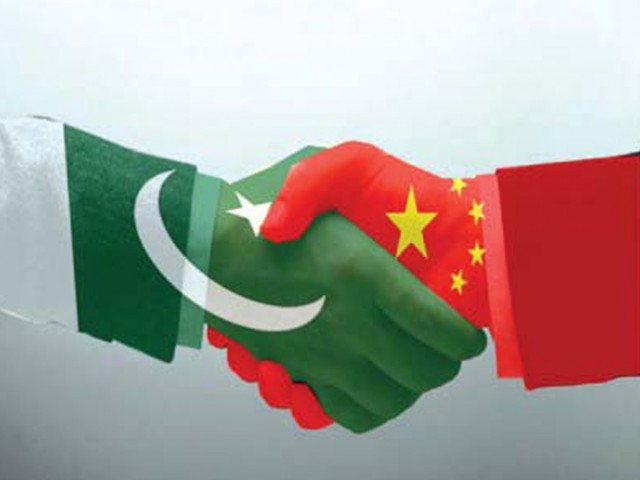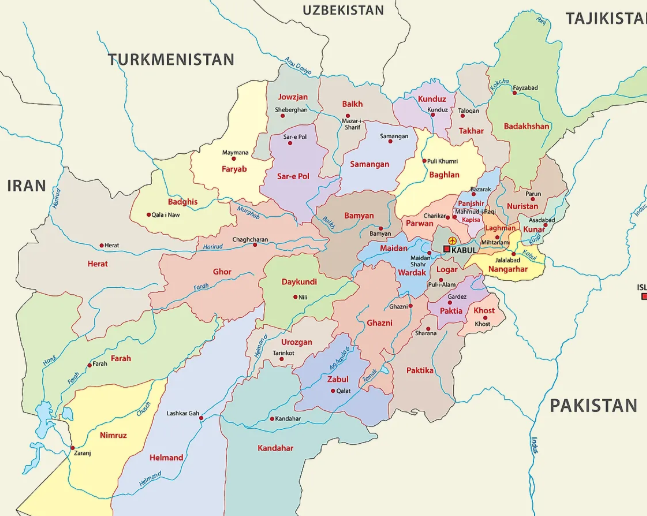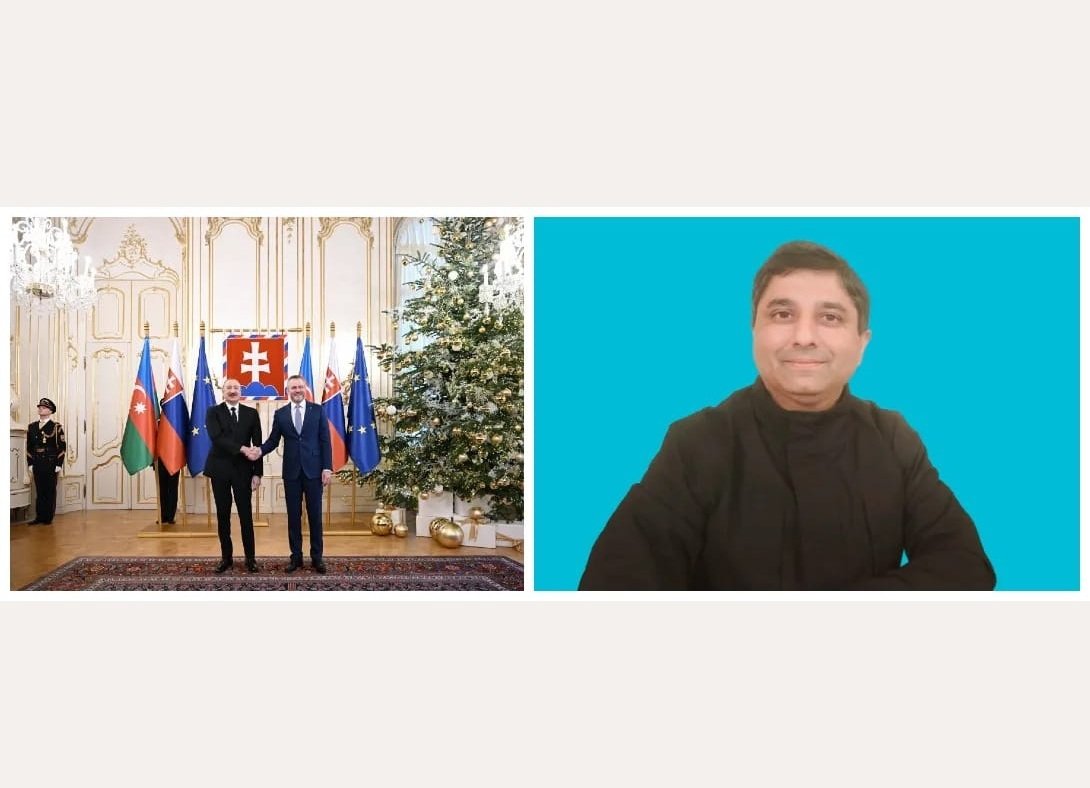Last week, hail the size of golf balls pummelled Islamabad. Not soft, fleeting pellets—but brutal shards that cracked windshields, tore through trees, and turned rooftops into battlegrounds. People described it as “apocalyptic.” For a few hours, it felt like nature was screaming—and no one had the words to answer back.
But this wasn’t an isolated event. Across Pakistan, the sky has been in revolt. At least 32 people died and over 150 were injured in just the past week due to violent storms that followed a severe, searing heatwave. Children were crushed under collapsing roofs. Solar panels, torn loose by gusting winds, struck passersby. Temperatures soared past 48°C in some districts—hot enough to melt roads and parch crops. A storm, a drought, a flood—it’s all part of the same sentence now.
This is no longer climate “change.” This is climate emergency.
And while politicians argue over policy drafts and summits churn out jargon, a silent army has already begun its work. They are young. They are underfunded. They are often unheard. But they are everywhere.
In Pakistan, youth-led climate activism has quietly but powerfully taken root—from the universities of Lahore to the riverbanks of Sindh. In Gilgit, 22-year-old Samina and her peers run workshops teaching villagers how to build early warning systems with little more than mobile apps and local knowledge. In Karachi, students are mapping heat islands to demand more trees, shade and urban cooling zones.
This isn’t Western-style climate activism—with headlines and hashtags. It’s climate survival—raw, immediate, and born of necessity.
A report by UNICEF ranked Pakistan as the 14th most vulnerable country to climate change, with over 70% of its youth under age 30 facing “extremely high risk.” And yet, in every school and street corner, young Pakistanis are stepping up—not because it’s fashionable, but because it’s personal.
In 2022, when floods swallowed one-third of the country, I met a teenager in Dera Ghazi Khan who had turned his father’s small tractor into a rescue vehicle. He ferried stranded families for 12 hours a day. When I asked him why, he simply said, “No one else was coming. We couldn’t just wait.”
This is the defining difference in the Global South. Our youth don’t have the luxury of waiting.
Across South Asia, Sub-Saharan Africa, Latin America, and the Pacific Islands, young people are not just advocating for climate justice—they are living it. In Bangladesh, university students are developing floating schools to deal with rising sea levels. In Nairobi, slum youth have turned plastic waste into bricks strong enough to build homes. In the Philippines, student groups are monitoring mangrove regeneration using drones.
What do they all have in common? They’ve inherited a crisis they didn’t cause—but are now expected to fix.
According to the Climate Vulnerability Forum, the 55 most climate-vulnerable countries—including many in the Global South—have contributed just 5% of global emissions, yet face 80% of climate damages. The inequity is staggering. The response, too often, is silence.
And so, youth step in—not as victims, but as visionaries.
But let’s not romanticize their struggle. Their work is often unpaid. They are rarely invited to policymaking tables. Their mental health—strained by eco-anxiety, burnout, and hopelessness—goes unaddressed.
In Pakistan, few grants exist for youth-led environmental work. Climate funds from international donors still flow disproportionately to large NGOs or government agencies, not to the grassroots movements quietly saving lives.
That said, some organizations have stepped up to support community-based adaptation. The German development agency GIZ, for example, has been working in Pakistan to build climate resilience through programs on sustainable water management, renewable energy, and disaster preparedness. Such partnerships offer a glimmer of hope—but they must grow deeper and more inclusive.
We must build on these efforts.
First, by embedding youth representation in climate planning—at local, provincial, and federal levels. Not as interns, but as partners.
Second, by funding community-based adaptation efforts led by young people—especially in flood-prone, drought-hit, and glacier-dependent regions.
Third, by changing the story. Media outlets must give space not just to disasters, but to the resilience that follows. Not just to what’s broken, but who is building.
I’ve spent over 16 years in journalism—chronicling conflict, policy, elections. But nothing has left a deeper mark than witnessing a 19-year-old girl in Sindh teaching elders how to use GPS apps to track flood risk. She had no budget, no team, no donor. Just determination.
We are so busy asking what kind of world we’ll leave for our children. But we’ve missed the fact that they’re already cleaning up after us.
As the hail melts off Islamabad’s roads and life returns to “normal,” it’s tempting to dismiss last week’s storm as a freak occurrence. But the storm is a symptom. The diagnosis is systemic. And the treatment will need more than policy—it will need people. Especially young ones.
Because in the Global South, climate change isn’t a chapter in a textbook. It’s the currency of sacrifice. And our youth are paying the price—with their futures, their health, and their hope.
We owe them more than applause. We owe them power.

Mr. Hammad Hassan is a Broadcast journalist and media & Comms strategist, affiliated with HUM News as a Output Head.

